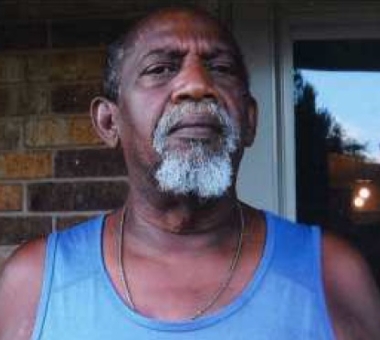Stories of Hope and Recovery

Eugene Davis
Treating Total Blockage Brings Back the Joy of Retirement
Living with heart disease didn’t seem to limit Eugene Davis’ opportunities to enjoy retirement. The Dallas native, who had bypass surgery, had successfully treated the high blood pressure, shortness of breath, and fatigue that sent him to surgery more than 20 years ago. But then things changed.
“I had difficulty taking out the trash or walking to a doctor’s appointment without experiencing shortness of breath. I would have to stop and sit down,” said Eugene. “I was taking an average of five nitroglycerin pills a week. I couldn’t cut the yard. I could make a couple of passes, but then I’d have to stop. I would just run out of gas.”
He knew something was wrong, and his doctor referred him to Dr. Manos Brilakis, Director of the Cardiac Catheterization Laboratories at VA North Texas Healthcare System in Dallas (now at Minneapolis Heart Institute). Eugene was diagnosed with a chronic total occlusion (CTO), a complete or almost complete coronary artery blockage caused by a heavy plaque buildup. While a sudden blockage often results in a heart attack, in some patients, the blockage may build up slowly until the artery is nearly or entirely closed.
He was initially placed on medications to manage his symptoms. But the medications no longer controlled the debilitating pain, fatigue, and shortness of breath over time.
“I would get out of breath walking into my doctor’s office. I would have to sit down at least twice between the parking lot and the office,” he recalled. “My blood pressure was never normal, it was always high.”
So, Dr. Brilakis performed a percutaneous coronary intervention (PCI), formerly known as angioplasty with stent. This non-surgical procedure uses a catheter to insert a stent that opens up blood vessels in the heart that have been narrowed by plaque buildup.
In the past, patients with CTO had limited treatment options. Some were told they needed bypass surgery, while others may have had too complex blockages to treat. But in recent years, advances in PCI are making interventional treatments a viable option for patients with CTO and helping some patients avoid bypass surgery.
“That procedure was a true blessing,” said Eugene. “I can do anything I want to now.”
Recovery time after the procedure was minimal for Eugene, and within a few weeks, he was walking a mile and cutting his grass without having to stop and rest.
“I knew I was doing well when I could take my trash out with no problems,” said Eugene. “As a matter of fact, last week my 10-year-old grandson and I put two skids of grass down with no problems at all. That’s a lot of grass.”
Since the procedure, his blood pressure has remained steady, and he’s doing things in retirement that he could not do during his employment. It’s what he calls a breath of fresh air.
“It’s a new start, and I’m taking full advantage of it.”